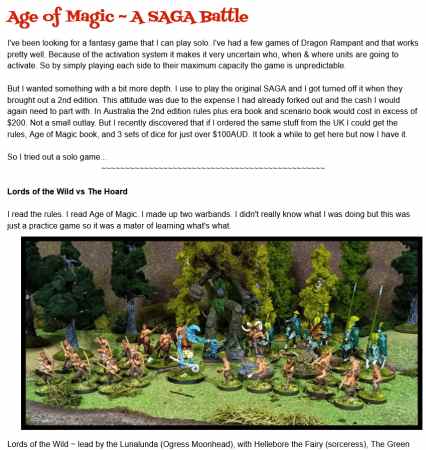This foam gives a base to work on as we now build up the terrain. Foam makes a good filler, but is not durable enough for the final surface. Therefore, we now cover the foam with dental plaster to create a hard and durable surface for the diorama. The dental plaster is sculpted a bit as it is applied, to give the surface a more natural look.
Dental plaster is much harder than regular plaster, and is available worldwide at dental supply houses. They generally have several different grades of hardness to choose from. There are also several great hobby-focused plasters, but they may not be as readily available worldwide.
(Sorry, no pictures of the piece with only plaster, as we have to do the next step before the plaster starts to dry!)
While the plaster is still wet, we push foam sponges down into the surface. The foam sponges have to be put on pretty quickly, as they have to be inserted before the plaster sets up. We want the foam sponges to dry into the plaster, and be locked in place by the plaster.


Now we wait for the plaster to fully cure, at least 24 hours or longer is best. The sponges are there to give the base of the turf texture - so once the plaster is dry, we start removing the foam sponges carefully. In removing the sponges, we're trying to leave a thin layer of foam sponge left stuck to the plaster. This thin layer of foam is actually the base of our turf and scrub. So the foam sponge gets pulled and pinched off to leave a varying-height turf surface. Make it short for dirt and low grass areas, and leave it a bit taller for brush and scrub. The sponge paints up well and gives a nice texture. In the next picture, you can see the green dental plaster covering the model, and the lighter green bits of sponge we have left on as the start of the turf and brush.








